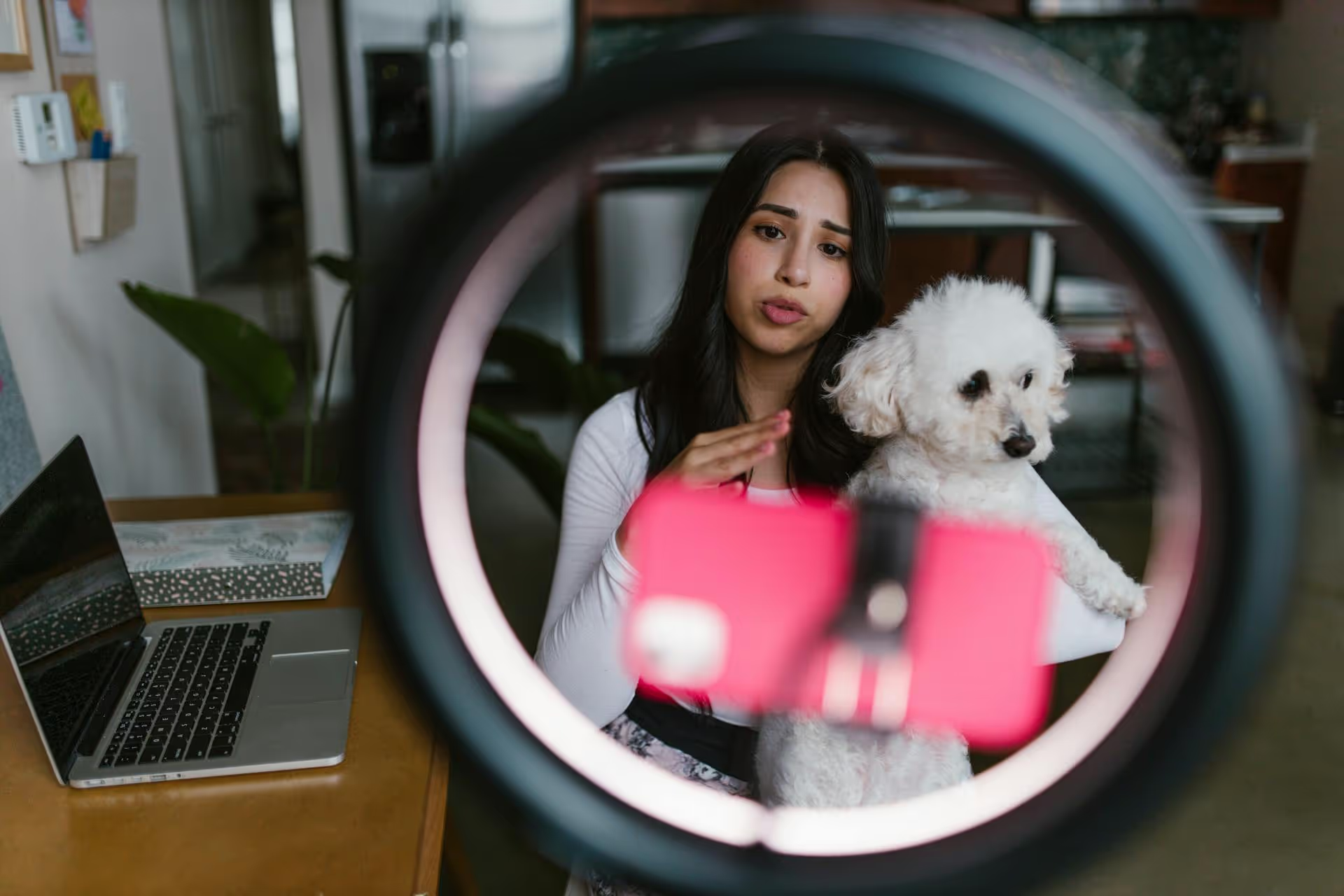How to Add Social Media Icons to an Email Signature
Enhance your email signature by adding social media icons. Discover step-by-step instructions to turn every email into a powerful marketing tool.

Becoming an influencer starts with one simple idea: sharing what you love with people who love it too. You don't need a massive following from day one, you need a clear focus and a plan to create content that connects with a specific audience. This guide provides a straightforward, step-by-step roadmap to get you started, from picking your niche to building a community that genuinely wants to hear from you.
The biggest mistake new creators make is trying to appeal to everyone. When you create content for "everybody," you end up connecting with nobody. A niche is your specific corner of the internet where you can become a go-to expert. It helps you attract a dedicated audience, makes content creation easier, and signals to brands exactly who you are.
To find a sustainable niche, answer these three questions honestly:
Get specific. Instead of a broad topic, drill down to find a unique angle.
Your unique combination of passion, expertise, and the value you offer becomes your niche. That's your sweet spot.
Trying to master Instagram, TikTok, YouTube, and X all at once is a recipe for burnout. Focus on one or two platforms where your ideal audience spends their time and where your content format naturally shines. You can always expand later.
Choose the platform that feels most natural to you and aligns with your content. If you love video, start with TikTok or YouTube. If you’re a great photographer, Instagram is your spot.
Your social media profile is your digital storefront. Within seconds, a new visitor should understand who you are, what you're about, and why they should follow you. This starts with a clear, consistent personal brand.
This is where the real work begins. Content is the heart of your journey as an influencer. Your goal isn't just to post, but to provide genuine value that makes your audience want to come back for more.
Every piece of content you create should fall into one of these three categories:
To avoid running out of ideas, establish 3-5 "content pillars" for your brand. These are the main sub-topics you’ll rotate through to keep your content fresh and diverse, but still on-brand.
For example, if your niche is "Mindful Productivity for Creatives," your pillars could be:
This structure ensures you're always speaking to your niche without being repetitive. A consistent posting schedule is your best friend - start with three to five times a week and adjust as you find your rhythm. The algorithm and your audience reward reliability.
Social media is a conversation, not a broadcast. Building a community - not just a following - is what separates a successful influencer from just another account with a high follower count.
You don't need to be making money from day one, but it's wise to understand the main avenues so you can build your brand with monetization in mind.
The primary ways influencers earn income include:
Your first DMs from brands might start trickling in once you have a few thousand engaged followers, but you can be an affiliate almost immediately. Focus on building an authentic, valuable brand first, and the money will follow.
Becoming an influencer is a marathon, not a sprint. The keys are a focused niche, consistent creation of valuable content, and genuine connection with your audience. Treat your social media as a business, not just a hobby, and you'll build something that is not only fulfilling but also profitable.
Staying organized and consistent is the hardest part for any growing creator. That’s why we built Postbase. You can use our visual calendar to plan your content strategy for all your platforms in one place, schedule your posts - even Reels and TikToks - to go live automatically, and manage all your comments and DMs from a single inbox. It’s designed to help you execute your plan without the stress, so you can focus on being creative.
Enhance your email signature by adding social media icons. Discover step-by-step instructions to turn every email into a powerful marketing tool.
Learn how to add your Etsy link to Pinterest and drive traffic to your shop. Discover strategies to create converting pins and turn browsers into customers.
Grant access to your Facebook Business Manager securely. Follow our step-by-step guide to add users and assign permissions without sharing your password.
Record clear audio for Instagram Reels with this guide. Learn actionable steps to create professional-sounding audio, using just your phone or upgraded gear.
Add translations to Instagram posts and connect globally. Learn manual techniques and discover Instagram's automatic translation features in this guide.
Optimize your Facebook Business Page for growth and sales with strategic tweaks. Learn to engage your community, create captivating content, and refine strategies.
Wrestling with social media? It doesn’t have to be this hard. Plan your content, schedule posts, respond to comments, and analyze performance — all in one simple, easy-to-use tool.